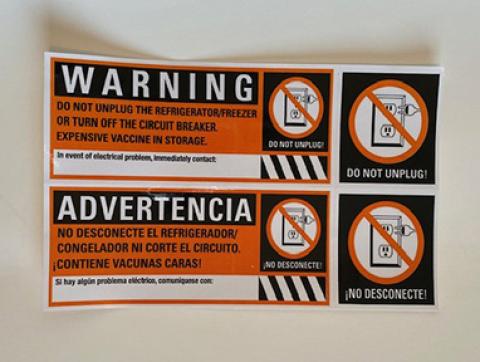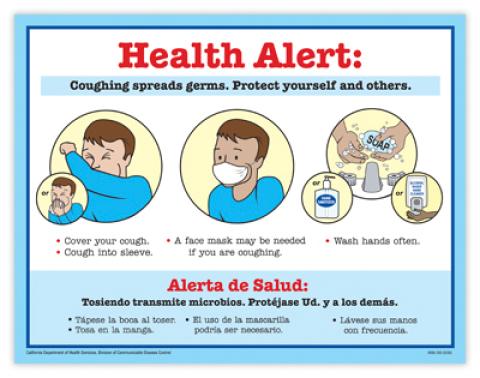Medical Providers Resources

Medical Providers Resources
Local healthcare providers play a vital role in protecting community health across Imperial County. This section is designed to support local healthcare providers in protecting community health through timely access to key public health information, reporting tools, and program contacts.
Here, you’ll find essential forms, reference materials, and guidance related to disease prevention, immunizations, and tuberculosis (TB) control.
Immunizations
Contact for Immunizations
Tuberculosis
1. Medical History
Clinicians should ask about the patient’s history of TB exposure, infection, or disease. It is also important to consider demographic factors (e.g., country of origin, age, ethnic or racial group, occupation) that may increase the patient’s risk for exposure to TB or to drug-resistant TB.
2. Physical Examination
A physical exam can provide valuable information about the patient’s overall condition and other factors that may affect how TB is treated, such as HIV infection or other illnesses.
3. Test for TB Infection
Mantoux tuberculin skin test (TST) or
TB Blood Test (QuantiFERON-TB Gold/T-Spot
4. Chest X-ray
- A posterior-anterior and lateral view of chest x-ray used to detect chest abnormalities.
5. Diagnostic Microbiology
Sputum Sample
Tuberculosis (TB) disease is treatable with a variety of prescribed medications taken over a period of 6 to 9 months. Currently, the U.S. Food and Drug Administration (FDA) has approved 10 drugs for treating TB. Of the approved drugs, the first-line anti-TB agents that form the core of treatment regimens include:
isoniazid (INH)
rifampin (RIF)
ethambutol (EMB)
pyrazinamide (PZA)
Regimens for treating TB disease have an initial phase of 2 months, followed by a choice of several options for the continuation phase of either 4 or 7 months (total of 6 to 9 months for treatment).
People with TB must complete their treatment.
Taking the treatment exactly as prescribed is important. If patients stop taking the treatment too soon, they can become sick again; if they do not take the treatment correctly, the TB bacteria that are still alive may become resistant to those treatments. TB that is resistant to treatment requires a longer course of drug therapy and is harder and more expensive to treat.
Contact for Tuberculosis
Epidemiology
The California Health Alert Network (CAHAN) is the official public health alerting and notification program for California. CAHAN is designed for emergency preparedness information sharing, distribution of pertinent public health related events and alerting materials, dissemination of treatment and prevention guidelines, coordinated disease investigation efforts, preparedness planning and other initiatives that strengthen state and local preparedness. The priority health communication distribution through the health communication system is ranked into three different levels of communications based on noted definitions.
Level of communication types
- Alert: Conveys the highest level of importance. Warrants immediate action or attention.
- Advisory: Provides important information for a specific incident or situation. May not require immediate action.
- Update: Provides updated information regarding an incident or situation. Unlikely to require immediate action along with general information that is not considered to be of an emergent nature.
- Enrollment is limited to: State agencies, Local health jurisdictions and CDPH
- To enroll contact the local Health Alert Network (HAN) Coordinator at ems@co.imperial.ca.us
- Fill out the registration form below:
Contact Enrollment Request Form
Visit the California Department of Public Health to learn more about CAHAN



